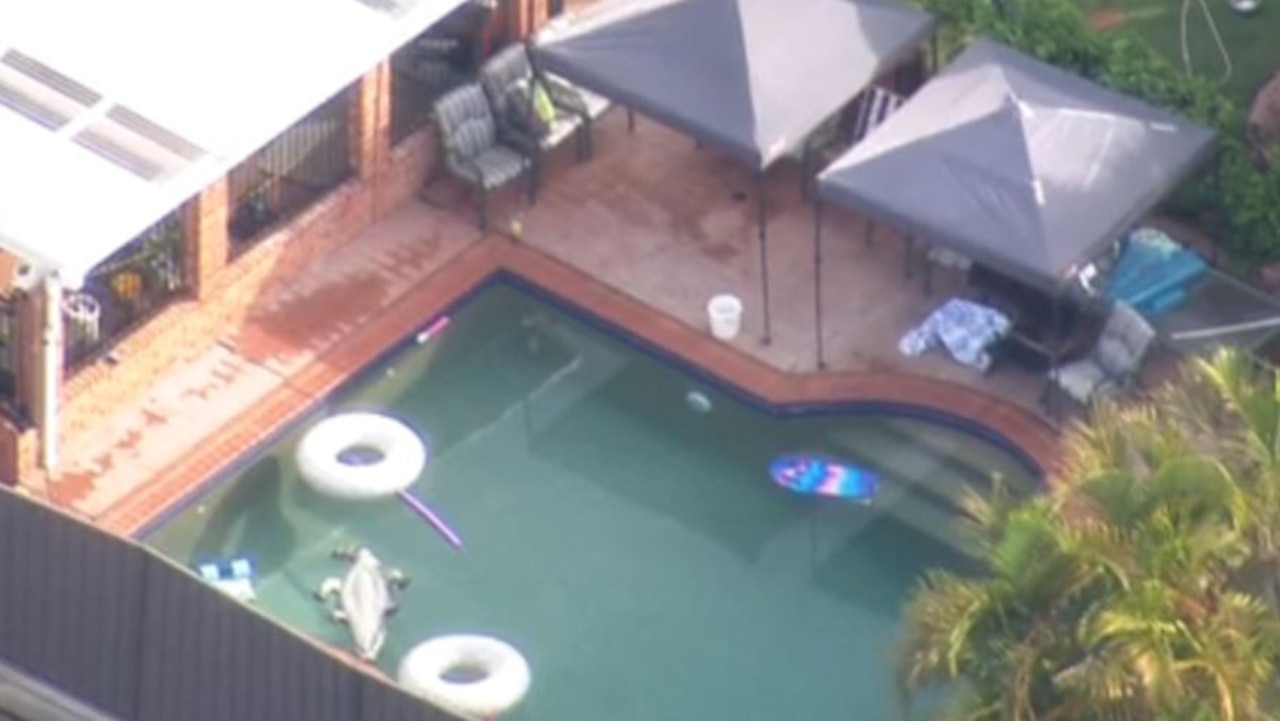Clocks to be wound back as daylight saving ends on April 2
Daylight saving will end on the first Sunday of April this year gifting millions of Aussies an extra hour of sleep. But should all states adopt it?

Daylight saving will end in April this year gifting millions of Aussies a much needed extra hour of sleep.
It finishes at 3am on the first Sunday of April, which in 2023 is April 2. It will return on Sunday, October 1 at 2am.
But daylight saving isn’t observed in all states and territories.
New South Wales, Victoria, the ACT, Tasmania and South Australia all follow daylight savings, however Queensland, the Northern Territory and Western Australia do not, meaning residents in the last three don’t need to do anything to their clocks on April 2.

It’s up to each individual state and territory to decide if they want to observe daylight saving time or not.

In January this year, Queenslanders backed a new referendum on the long vexed issue of daylight saving, which for decades has divided the state, according to a poll in The Courier Mail.
Fifty-five per cent of people who voted in a Courier-Mail online poll were in favour of Queenslanders being given a chance to vote again on daylight saving.

Daylight saving was first used in Australia in 1917 during World War I as an energy-saving measure, and again during World War II.
Tasmania introduced daylight saving in 1967, and in the Australian Capital Territory and all states (except Western and South Australia), it was trialled from October 1971 to February 1972.
All states – except Queensland, WA and the Northern Territory – then adopted it, with three time zones becoming five from the first Sunday in October to the first Sunday in April.
The Summer Time Act introduced daylight saving to Queensland again in 1990 for a three-year trial, with a referendum on February 22, 1992 resulting in a 54.5 per cent “no” vote.






